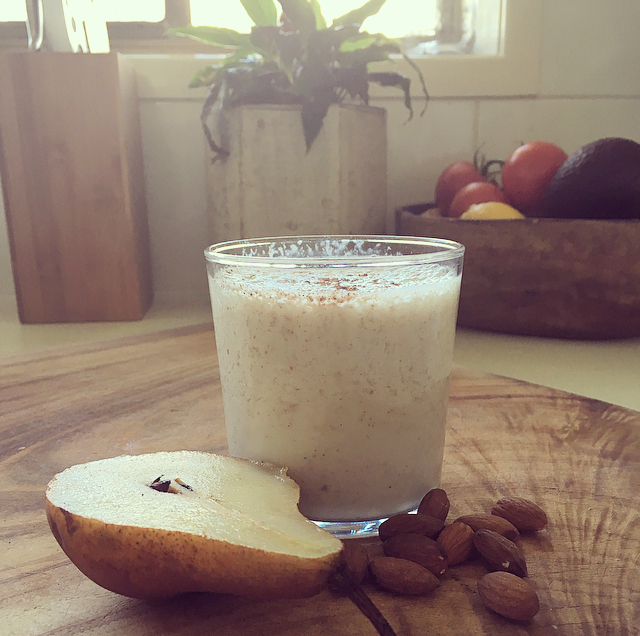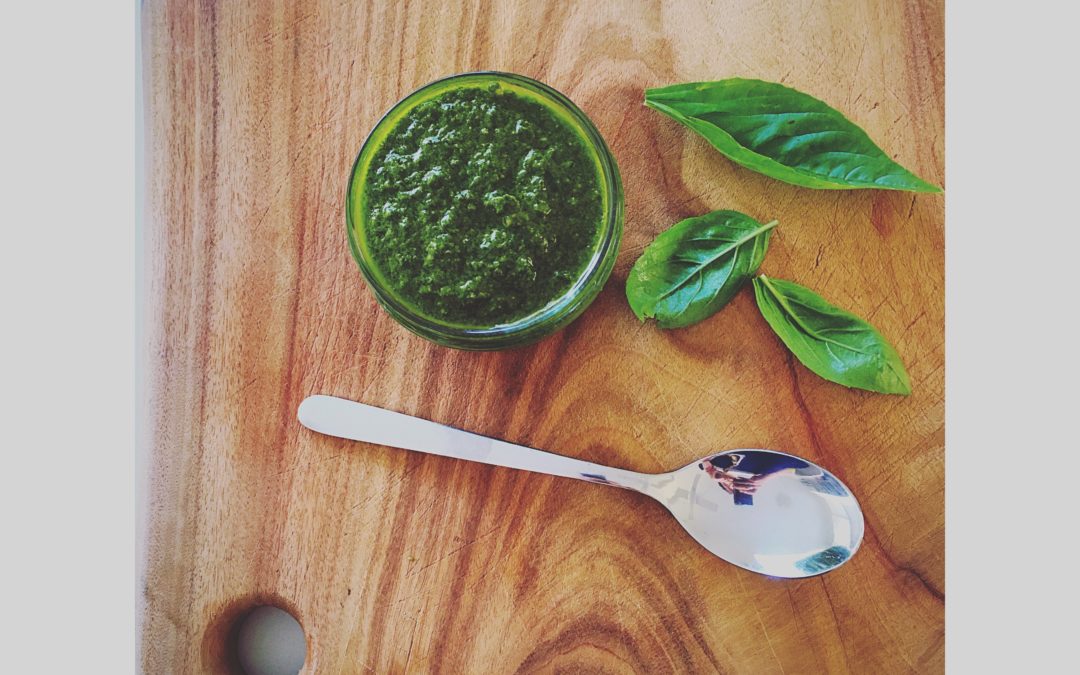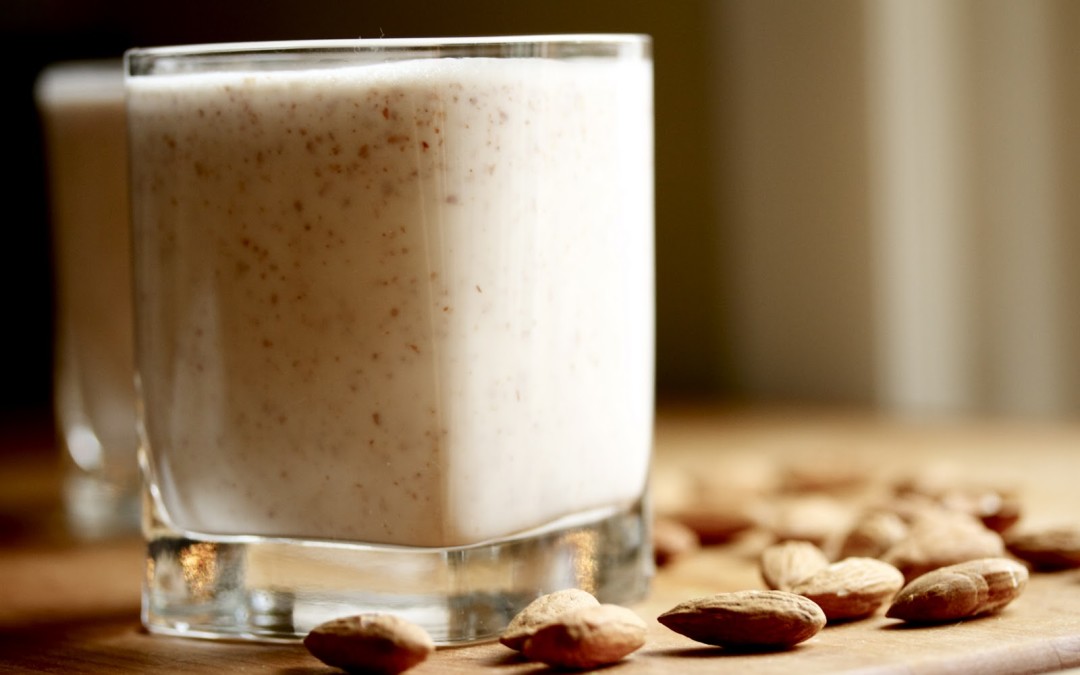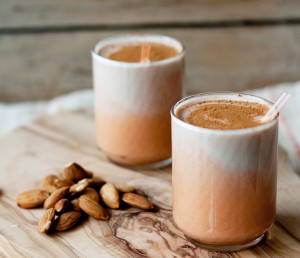
by Tanya Keam | Jun 11, 2018 | Acupuncture, Chinese medicine, Client information, Cough, Dairy alternatives, Dairy free, DIY Wellness Tips, Food, Herbal remedies, Homemade, Immune Support, Immune system, Nambour, Nutrition, Recipes, Seasonal living, Smoothie, Sunshine coast, Vegan, Vegetarian, Wellness, Winter
A simple Chinese Medicine cough recipe
Chinese medicine is seasonal medicine – what better way to take care of yourself than a cough recipe to look after you this season. In Winter it is recommended to consume less cold and raw food as it harsh on our digestive system to process, which is a balmy 36.5 degrees inside. Putting something the temperature of the fridge in a nice warm coldren stomach, first takes energy to warm it before it can digest it. This can lead to fatigue, bloating, and loose bowel movements.
In late Autumn and Winter we opt for:
- More warming foods such as soups and stews to warm us up from the inside!
- Smoothies are generally not recommended in Winter at all as they are too cold. However putting a wonderful twist on the conventional fruit smoothie so that is warming not only for our digestive system but designed to benefit the lungs and relieve coughs.
The main ingredient, pears, is highly valued in Chinese medicine as the fruit that is most beneficial for coughs. What does Autumn and Winter bring? You guessed it, coughs!
Pears are “sweet, slightly sour, and cool.” They “generate fluids” but also “dissolve phlegm,” so they are ideal for treating dry coughs, a hoarse voice, thirst and agitation in general.
Our second key ingredient is almonds which is also a great dairy alternative in smoothies. Almonds have similar properties to apricots in Chinese medicine, with apricot seeds being used as one of the key medicinals for treating coughs. Almonds are not as potent as apricot seeds (which have some mild toxicity and shouldn’t be consumed on a regular basis), but they do have some similar properties – moistening the lungs, relieving coughing and wheezing. That makes them the perfect complement to pears in this smoothie.
This recipe is specific for almond milk which helps resolve phlegm, so don’t switch it up for dairy milk as dairy is more phlegm forming.
Chinese Medicine Cough Recipe (Spiced Pear Smoothie with Almonds and Chia)
Serving size: About 1-2
Ideal for high speed blender
Ingredients
1 Pear (room temperature)
¾-1cup Almond Milk (how thick do you like it?)
10 natural Almonds (soaked overnight in water if possible, otherwise raw is fine)
¼-1/2 teaspoon Garam Masala spice
Dash Cayenne pepper or Cinnamon (to keep the digestive system warm)
1 tablespoon Chia Seed (can be soaked in almond milk prior for 15 minutes to turn into a jelly)
1-2 teaspoons Manuka honey
NO ICE !
Directions
Blend all ingredients until smooth. Enjoy!
Take care this Winter, there has already been many colds and influenza floating around.
 Hi, I’m Tanya, an Acupuncturist and Chinese medicine practitioner in Nambour on the Sunshine Coast, Queensland Australia. I practice Chinese medicine because its safe, logical, relevant and has effectively shown methods of natural wellness for thousands of years (read more about my training here). Life doesn’t need to be complicated and nor does the treatment approaches to get people feeling vibrant and well. I’ve seen people gain a lot from treatments, much more than just alleviating symptoms. It’s exciting to connect with people and share deep wisdom from the classics of ancient and traditional medicine, with modern protocols for todays mind-body living. See you in the clinic !
Hi, I’m Tanya, an Acupuncturist and Chinese medicine practitioner in Nambour on the Sunshine Coast, Queensland Australia. I practice Chinese medicine because its safe, logical, relevant and has effectively shown methods of natural wellness for thousands of years (read more about my training here). Life doesn’t need to be complicated and nor does the treatment approaches to get people feeling vibrant and well. I’ve seen people gain a lot from treatments, much more than just alleviating symptoms. It’s exciting to connect with people and share deep wisdom from the classics of ancient and traditional medicine, with modern protocols for todays mind-body living. See you in the clinic !
Contact me
Book online

by Tanya Keam | Aug 4, 2016 | Chinese medicine, Client information, Dairy alternatives, Dairy free, DIY Wellness Tips, Food, Homemade, Nourishing, Nutrition, Recipes, Vegan, Vegetarian
2 cups (tightly packed) fresh basil, rinsed thoroughly and dried
1/3 cup raw pine nuts or walnuts
1/2 cup extra virgin olive oil
3 garlic gloves, chopped
Pinch of black pepper and sea salt / himalayan salt
2 tablespoons of nutritional yeast (BRAGG) – Made from inactive yeast that has a cheesy flavour, used to replace parmesan cheese in traditional pesto. You can find it in most health food stores.
Blend all ingredients together in a food processor, first start with half the oil, blend, stir with a spoon, add remaining oil and blend on high again.
Store in the fridge for up to 3 weeks in an air tight glass jar. Add a little oil on the top of jar to keep the pesto moist.
Basil is high in Vitamin K, vitamin C, vitamin A, iron, magnesium, folate and manganese.
Enjoy with your favourite roast vegetables, buckwheat pasta or raw zucchini curly noodles!
Eat well, take care of you, see you in the clinic,
TK xx
Tanya Keam Wellness is an experienced health clinic on the Sunshine Coast. Helping you to feel better in all aspects of your health and wellbeing.

by Tanya Keam | Feb 13, 2015 | Alkaline, Chinese medicine, Client information, Dairy alternatives, Dairy free, DIY Wellness Tips, Homemade, Nourishing, Nutrition, Sunshine coast, Vegan, Vegetarian, Wellness
Why don’t people consume dairy?
1. Some people are lactose intolerant which means their body has an inability to digest lactose, a sugar found in milk and to a lesser extent dairy products (cheese, yoghurt, butter etc), causing side effects. In most cases, symptoms include abdominal bloating and cramps, flatulence, diarrhoea, nausea, rumbling stomach or vomiting.
2. Allergic reactions to dairy
3. Dairy is considered a food that can cause inflammation in the body
4. Ethical reasons behind the production of dairy products
5. Dairy causes digestive discomfort, bloating or loose stools even though they aren’t lactose intolerant
Dairy alternatives are very popular these days and can include:
Almond Milk
Almond milk is a great substitute for milk in every aspect of cooking and baking as well as over cereal, in smoothies or in your morning coffee/cuppa. Creamy, usually just a little sweet, high in vitamin E and other essential nutrients, and more alkaline than other nuts. Almond milk is almost always found in with the other non-refrigerated boxed beverages.
You can also use other nuts such as cashews, brazil or hazelnuts as a nut milk.
These dairy-free milk alternatives are usually not soy-free however, as they almost always contain soy lecithin. You can avoid soy by making your own milk at home!

Half a cup of almonds (or other nuts) – soaked in filtered water overnight in the fridge
3 cups of filtered water
Pinch of salt
2 dates
1/4 teaspoon vanilla essence or vanilla bean
Blend on high for 1 minute in a good blender
Strain the liquid through a nut bag or clean mesh cloth
Refrigerate and consume within 3 days
You can make smaller batches if you know you’re not going to get through it all
Coconut Milk
Prepared from fresh coconut meat (flesh), coconut milk is a great option for richer dairy-free dishes. Although it is high in fat and saturated fat (their good fats!), coconut milk is a delicious way to add creaminess to any number of dairy-free dishes. I wouldn’t recommend in your tea or coffee but it goes great in curries, puddings, dairy-free whipped cream or desserts and with your cereal or granola.
Coconut meat can also be made into a yoghurt and flavoured with fruit. The yoghurt is very thick and creamy.
Rice Milk
Rice milk is generally thinner in consistency than nut milks or soy milk, and it has a lighter, sweeter flavour that is perfect for using with cereal or in coffee/tea. While rice milk works well in baking recipes, for using in dairy-free sauce recipes it generally requires some sort of binding or stabilising agent such as agar flakes, eggs, flour or anthem gum. I would recommend to use rice milk in coffee, tea, smoothies or own its own.
Soy milk
Soy milk is made from the soy bean and are a complete protein source and a dietary staple in many cultures. It is one of the richest of non-dairy milk alternatives next to coconut milk, contributing density through fat, fiber and protein while still free of cholesterol and saturated fats. Excellent for baking, cooking, in a glass or over cereal, soy milk is an easy way to add protein and dimension to your recipes.
Soy contains phytoestrogens called isoflavones that may mimic the activity of the hormone estrogen in your body. I would recommend avoiding soy if you have a tendency toward high oestrogen and if you do consume soy, go for non-genetically modified (non-GMO) and certified organic. Perhaps rice or nut milk would suit you better, or just mix it up.
Take care of you, see you in the clinic,
TK xx
Learn more > http://www.tanyakeamwellness.com

 Hi, I’m Tanya, an Acupuncturist and Chinese medicine practitioner in Nambour on the Sunshine Coast, Queensland Australia. I practice Chinese medicine because its safe, logical, relevant and has effectively shown methods of natural wellness for thousands of years (read more about my training here). Life doesn’t need to be complicated and nor does the treatment approaches to get people feeling vibrant and well. I’ve seen people gain a lot from treatments, much more than just alleviating symptoms. It’s exciting to connect with people and share deep wisdom from the classics of ancient and traditional medicine, with modern protocols for todays mind-body living. See you in the clinic !
Hi, I’m Tanya, an Acupuncturist and Chinese medicine practitioner in Nambour on the Sunshine Coast, Queensland Australia. I practice Chinese medicine because its safe, logical, relevant and has effectively shown methods of natural wellness for thousands of years (read more about my training here). Life doesn’t need to be complicated and nor does the treatment approaches to get people feeling vibrant and well. I’ve seen people gain a lot from treatments, much more than just alleviating symptoms. It’s exciting to connect with people and share deep wisdom from the classics of ancient and traditional medicine, with modern protocols for todays mind-body living. See you in the clinic !


